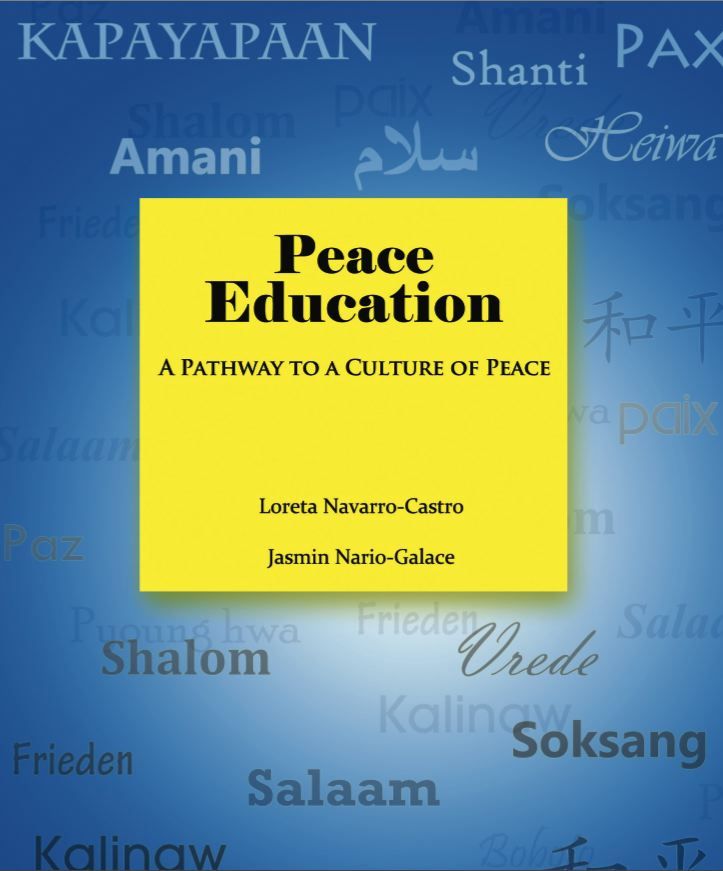Peace education: A pathway to a culture of peace
Peace education: A pathway to a culture of peace
178-page pdf document which “helps the educator, whether in formal or non formal settings, to understand that peace is a holistic concept and state of being and that it can not be learned in the traditional lecture-note taking-testing framework. Indeed, peace education can be integrated into many disciplines. The culture of peace must replace the culture of violence if we and our home, planet Earth, are to survive … teaching the value of tolerance, understanding and respect for diversity among the school children could be introduced through exposing them to various countries of the world, their geography, history, and culture. At the appropriate levels, curricula must include human rights, the rules governing international law, the United Nations Charter, the goals of our global organization, disarmament, sustainable development and other peace issues. The participation of young people in this process is very essential. Their inputs in terms of their own ideas on how to cooperate with each other in order to eliminate violence in our societies must be fully taken into account. In addition to expanding the capacity of the students to understand the issues, peace education aims particularly at empowering the students, suited to their individual levels, to become agents of peace and nonviolence in their own lives as well as in their interaction with others in every sphere of their existence … We have organized the book into three sections. Part I presents chapters that are meant to help us develop a holistic understanding of peace and peace education. Part II discusses the key themes in peace education. Each chapter starts with a conceptual essay on a theme and is followed by some practical teaching-learning ideas that can either be used in a class or adapted to a community setting. Part III focuses on the peaceable learning climate and the educator, the agent who facilitates the planting and nurturing of the seeds of peace in the learning environment. Finally, the whole school approach is introduced to suggest the need for institutional transformation and the need to move beyond the school towards engagement with other stakeholders in the larger society.”
- Format: pdf
- Publisher: Center for Peace Education
- Author: Loreta Navarro-Castro, Jasmin Nario-Galace
- Resource Release Date: 01/01/2008
- Topics:
- Subjects:
- Direct Access: Click Here

